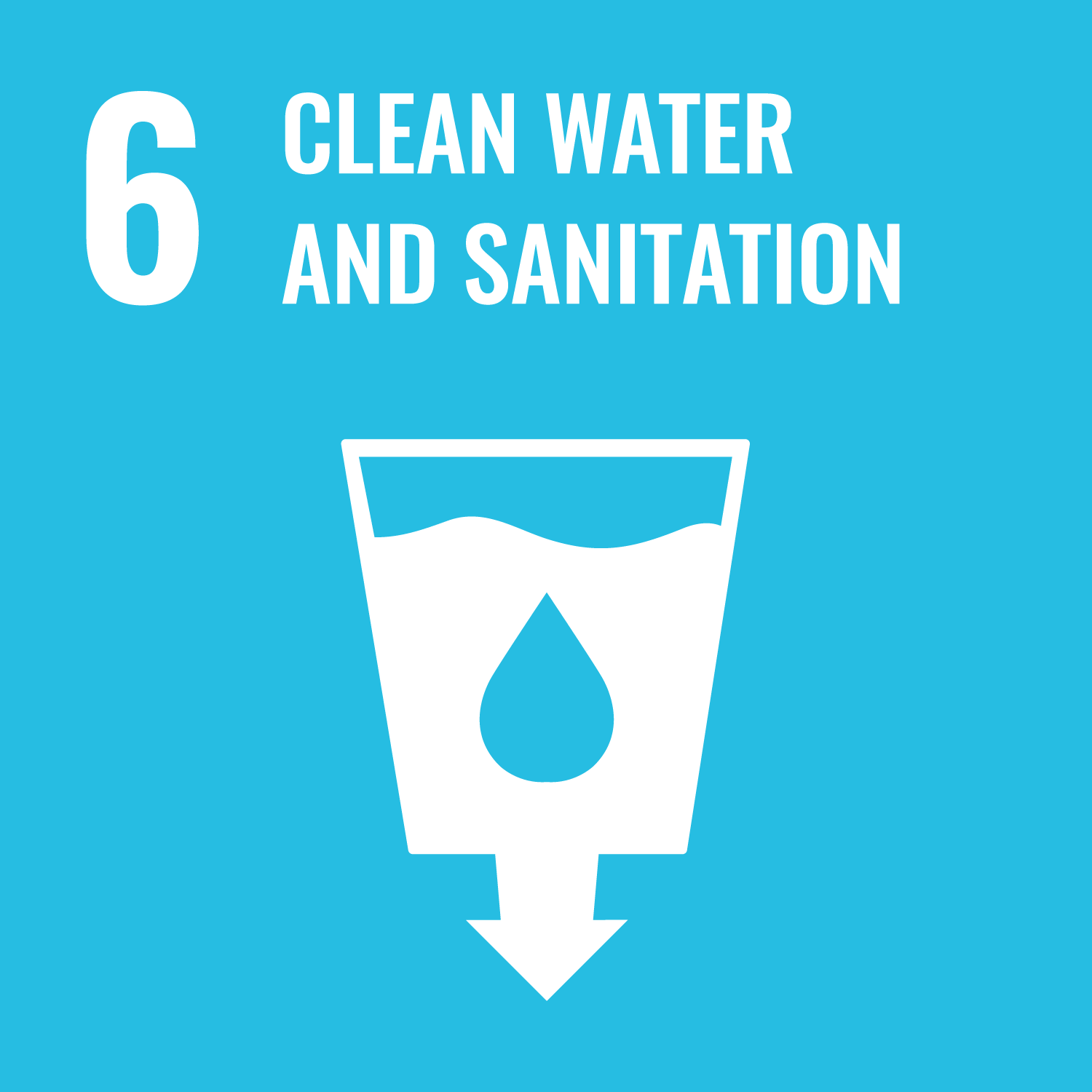ORCID
- Paul J. Worsfold: 0000-0002-2262-7723
Abstract
UK implementation of the European Union Water Framework Directive (for the 2015-2021 cycle) Ecological Status (ES) classification for river phosphorus is based on the calculation of reference conditions for reactive phosphorus (RP) using river alkalinity measurements. Underpinning this approach is that the alkalinity is primarily from rock weathering and is free of anthropogenic influences. However, the potential contribution of anthropogenic alkalinity needs to be considered and, if possible, quantified. In the rural South West River Basin District of England, 38 river sites were examined with respect to river alkalinity loads in order to test this consideration. At river base flow when RP can cause enhanced algal growth, 9 sites (24%) had effluent alkalinity contributions amounting to 25-49% of the total riverine alkalinity load, while 11 (29%) of the sites received ≥50% of their alkalinity load from effluent. When flows increased above base flow to Q95 flow at these 11 sites, catchment diffuse run-off became the largest load of alkalinity at 9 of the sites, and that at the Q95 flows, combined effluent and diffuse alkalinity loads contributed 68-100% of the total alkalinity load. Anthropogenic alkalinity is likely to be present in diffuse run-off, but it is difficult to apportion alkalinity loads between natural and contaminant sources. It is likely that diffuse loads of alkalinity will dominate on the annual timescales used to assess WFD compliance, even at sites where ground water alkalinity dominates at base river flows. In principle, inclusion of anthropogenic alkalinity in the calculation of ES boundary concentrations for RP may lead to a relaxation of the standards. In practice this may not follow. It is likely that at the river sites used initially to develop the algorithms now used for P standard setting, anthropogenic alkalinity was present, to varying and unknown degrees, and that this alkalinity would have influenced the measured and reference RP and biological metrics on which the P standards are based. Apart from RP, alkalinity is also used to underpin water quality metrics for additional chemical and biological parameters, and for this reason, understanding the complex factors determining river alkalinity loads should be an important task for water quality regulators.
DOI Link
Publication Date
2018-10-01
Publication Title
Environmental Science: Processes and Impacts
Volume
20
Issue
10
ISSN
2050-7887
Acceptance Date
2018-09-10
Embargo Period
2019-09-12
First Page
1361
Last Page
1372
Recommended Citation
Tappin, A., Navarro-Rodriguez, A., Comber, S., & Worsfold, P. (2018) 'The role of alkalinity in setting water quality metrics: phosphorus standards in United Kingdom rivers.', Environmental Science: Processes and Impacts, 20(10), pp. 1361-1372. Available at: 10.1039/c8em00262b


